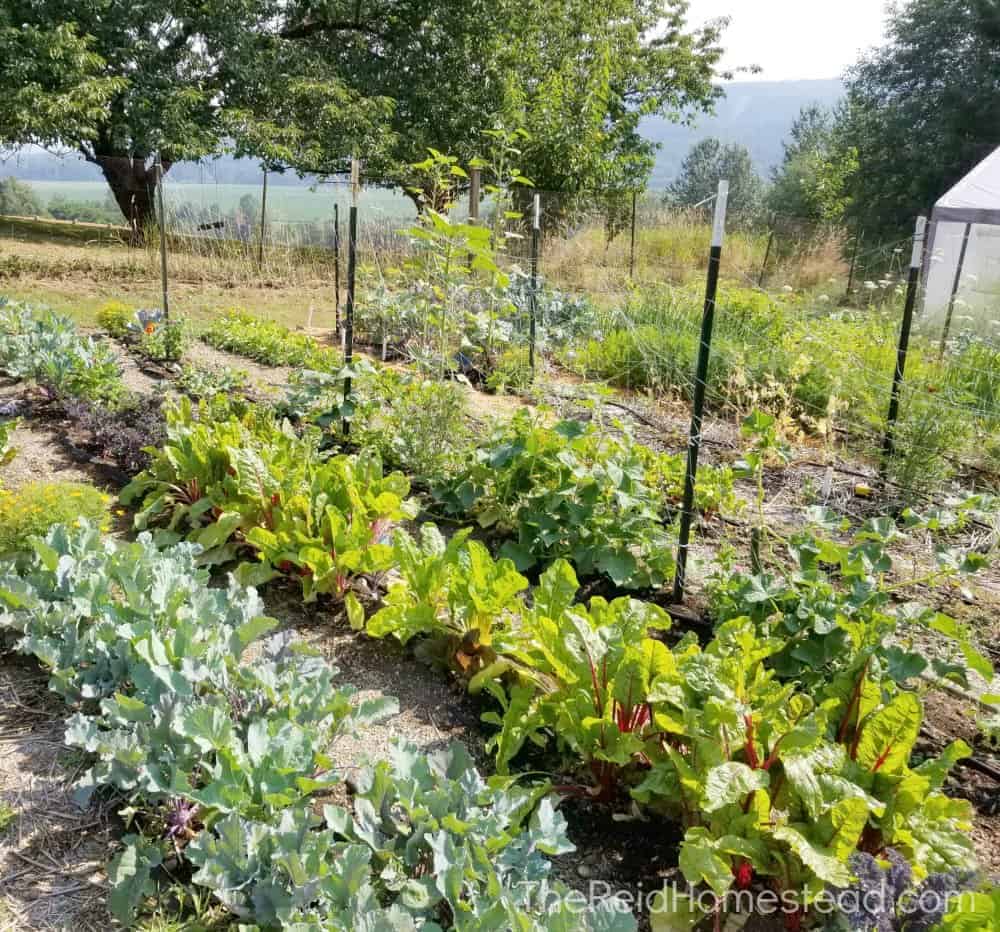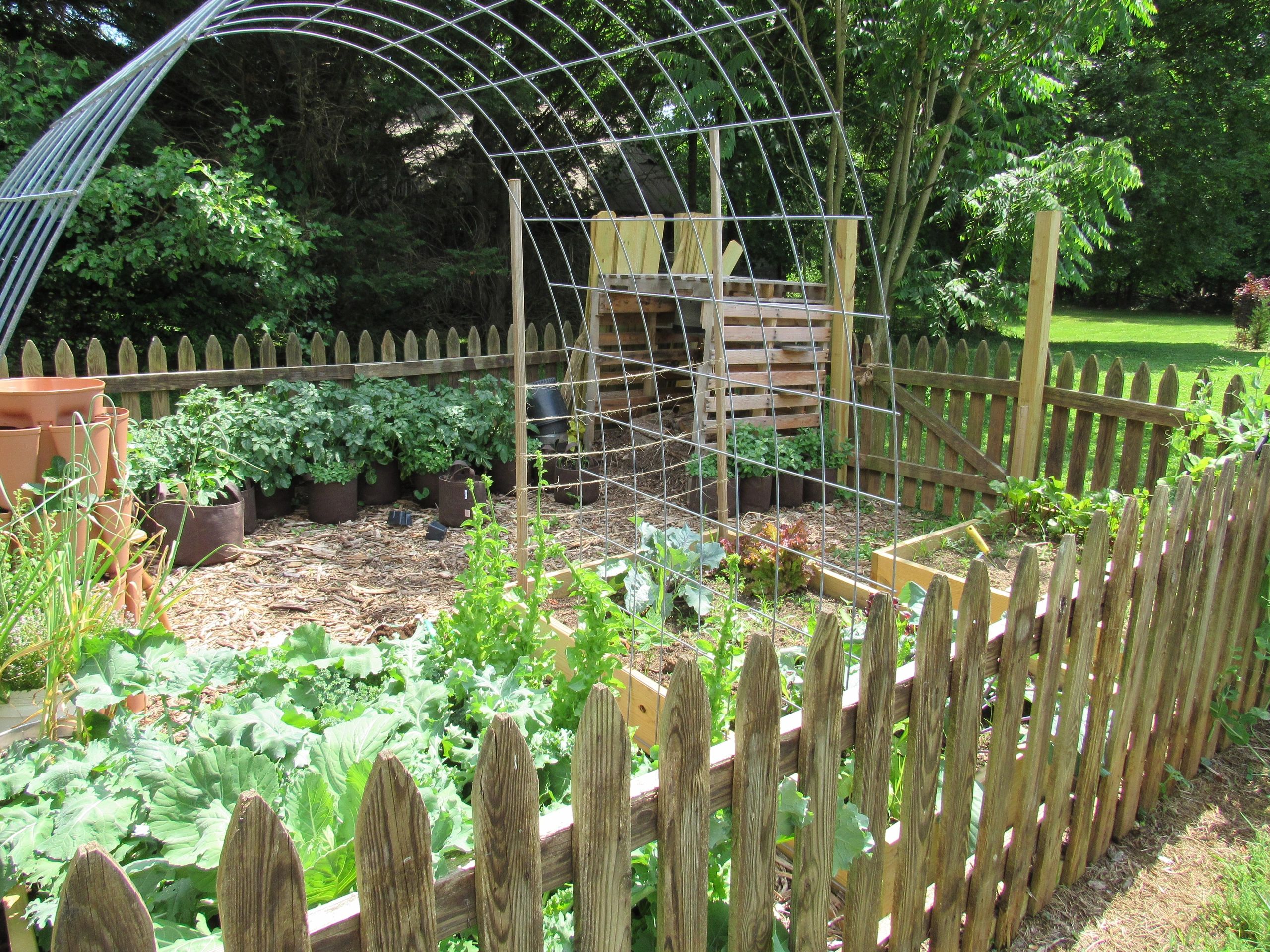Learn Exactly How to Cultivate a Thriving Horticulture Environment for All Skill Levels
Creating a growing yard is a multifaceted undertaking that can be embraced by individuals at any kind of skill level. By taking a look at key components such as soil health and wellness, proper plant option, and seasonal care routines, one can establish a lasting gardening technique that generates satisfying outcomes. Understanding how to evaluate and enhance your yard area lays the structure for success. The details of applying these concepts commonly present difficulties that can discourage even the most passionate amateur. What approaches can be utilized to conquer these obstacles and foster a truly thriving atmosphere?
Recognizing Your Yard Space
In the world of gardening, recognizing your garden room is vital to cultivating a growing landscape (Homestead Gardening). The initial step in this endeavor includes evaluating the details features of your plot. Factors such as dirt structure, sunlight exposure, and drainage play critical roles in identifying the suitability of your garden for different kinds of plants
Begin by carrying out a dirt examination to evaluate pH levels and vitamins and mineral material, which will notify any kind of essential amendments. Furthermore, observe just how much sunlight your area obtains throughout the day. Various plants have varying light requirements; some prosper in complete sun, while others like full or partial color.

Last but not least, examine the offered space and plan as necessary. This consists of thinking about plant heights and spread to ensure adequate space for growth without overcrowding. By obtaining a thorough understanding of your garden space, you established the foundation for a successful horticulture experience.
Selecting the Right Plant Kingdoms
Picking the right plants for your yard calls for cautious consideration of numerous factors, consisting of climate, soil problems, and individual preferences. Start by assessing your neighborhood climate, as specific plants grow in certain temperature level varieties and climate patterns. For example, exotic plants might not endure in colder regions, while hardy perennials can withstand harsh wintertimes.

Consider your personal preferences, including aesthetic charm and maintenance levels. Decide whether you prefer dynamic flowers, lush foliage, or edible crops. In addition, consider the time and initiative you agree to spend in plant treatment, as some ranges demand even more focus than others.
Finally, think about the yard's format and light direct exposure. Sunshine patterns throughout the day will affect your selections-- some plants call for full sun, while others prosper in shade. By attentively analyzing these aspects, you can produce a efficient and harmonious yard customized to your atmosphere and tastes.
Important Horticulture Tools
A well-equipped garden enthusiast can substantially enhance their gardening experience and end results. Important horticulture tools are basic to growing a successful yard, despite ability level. my response Initially, a sturdy spade is important for digging and transforming soil, while a trowel allows for precise planting and transplanting of smaller plants.
Trimming shears are vital for maintaining plant health by getting rid of dead or overgrown branches, promoting much better air circulation and growth. Furthermore, a hand rake is beneficial for clearing particles and freshening the dirt, making certain optimum problems for plant origins.
Gardening gloves shield hands from sores, thorns, and chemicals, making them an important device. A watering can or pipe with an adjustable nozzle makes certain that plants get appropriate wetness without overwatering.
Last but not least, take into consideration purchasing a durable wheelbarrow for transferring soil, plants, and devices around the garden efficiently. By constructing a top quality toolkit that includes these vital items, garden enthusiasts can take on various jobs with self-confidence and ease, leading the way for a prospering gardening environment. Bear in mind, the right tools not only boost performance but likewise improve the general satisfaction of the horticulture process.
Dirt Preparation and Upkeep
Quality soil is the foundation of an effective garden, making appropriate prep work and upkeep vital for healthy plant growth. Based on the examination results, modifications can be made to optimize soil conditions for specific plant requirements.
Including organic matter, such as compost or well-rotted manure, is crucial you can try these out for improving soil structure and fertility. This not just enhances nutrition schedule but additionally promotes helpful microbial activity. Furthermore, correct drainage is crucial; hefty clay soils might require the enhancement of sand or perlite to boost aeration.
Regular maintenance of soil health and wellness includes mulching, which saves wetness and suppresses weeds. Rotating crops annually aids prevent nutrient deficiency and reduces insect and condition risks. It is additionally vital to stay clear of over-tilling, which can interrupt soil framework and damage valuable microorganisms.
Eventually, a consistent dedication to dirt preparation and upkeep will certainly result in a flourishing garden, ensuring that plants obtain the necessary nutrients they need for robust development and efficiency.
Seasonal Care and Management

In springtime, concentrate on planting brand-new seeds and seedlings, while likewise carrying out dirt examinations to amend nutrient deficiencies. Regularly inspect for diseases and bugs, as these can multiply with the warming climate. Summer demands regular watering and mulching to keep wetness, in addition to pruning for better air flow.
As fall methods, it's time to prepare the yard for inactivity. This includes gathering plants, cleaning up debris, and applying a layer of compost to safeguard plant origins from frost. Consider growing cover crops to improve the dirt during the wintertime months.
Inspect frameworks like greenhouses for damage and ensure appropriate insulation for sensitive plants. By adjusting your gardening methods to the seasonal cycles, you can foster a growing setting that supports plant health year-round.
Final Thought
In final thought, cultivating helpful hints a successful garden requires a comprehensive understanding of necessary concepts such as soil structure, sunlight exposure, and proper plant choice. Regular seasonal care and administration practices additionally enhance plant health and wellness and productivity.
Selecting the right plants for your yard requires mindful consideration of numerous aspects, consisting of climate, soil problems, and individual choices. Conduct a dirt test to figure out pH degrees and vitamins and mineral web content, which will certainly guide you in selecting plants that will prosper in your garden.Finally, take into consideration investing in a sturdy wheelbarrow for delivering dirt, plants, and devices around the garden effectively.Quality dirt is the structure of an effective garden, making correct prep work and maintenance vital for healthy and balanced plant growth. Homestead Gardening.In verdict, cultivating an effective yard needs a detailed understanding of vital principles such as soil make-up, sunshine exposure, and suitable plant selection